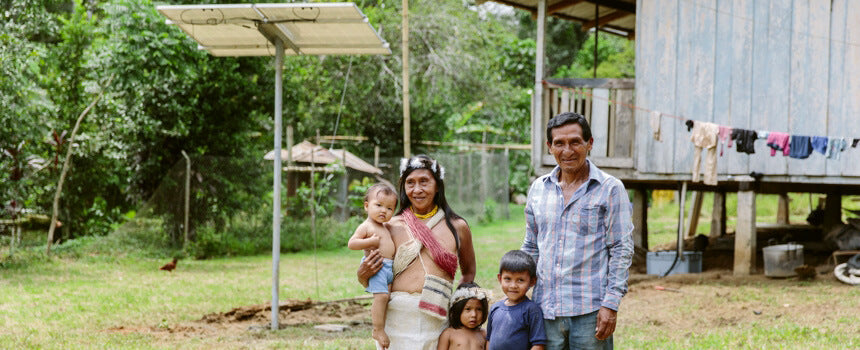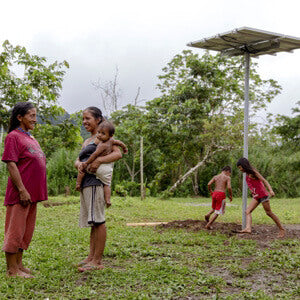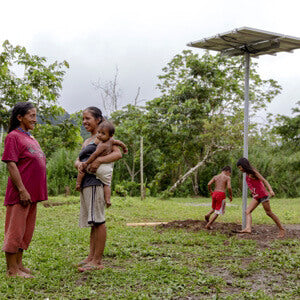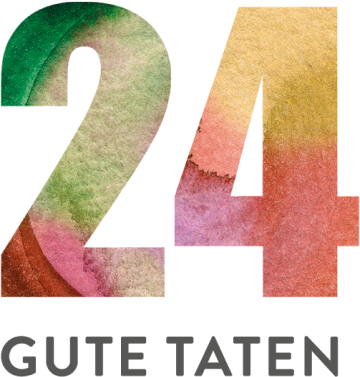Day 22
1000 hours of solar light for a family in Costa Rica
 Protection of indigenous peoples
Protection of indigenous peoples


Improving living conditions through solar energy

need
Electricity supply for indigenous communities in the tropical rainforest in the Telire district, Costa Rica.
activity
LOVE FOR LIFE trains indigenous solar technicians in Telire who install and commission the solar systems.
Measurable performance
Number of indigenous families with access to solar energy.
Result
Families can use the electricity to report illegal deforestation. Children can study better for school.
Systemically relevant impact
Improving the living conditions of the indigenous community and enabling effective protection of the tropical rainforest and the rights of the indigenous population.
background


The good deed
AboutCosta Rica
San Jose
Capital city
4 947 490
Population
14.636
Gross domestic product
per capita per year
63
Human Development Index
(Human Development Index)


